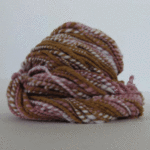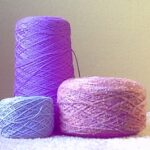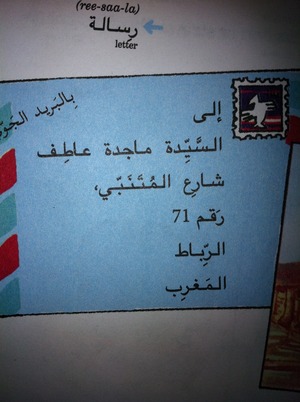This is the first article in a series about Aran knitting. This article discusses the different patterns and their meanings as well as uses for them.
I have been knitting since the age of seven. Lace and Aran knitting, the two most complicated types, have always been my favorites. I’m drawn to the challenges of creating something intricate. People go crazy over something that looks difficult and was knit just for them.
Aran knitting comes from the Aran Islands of Ireland. The wool used was called Báninín (pronounced bawneen). This yarn was spun “in the grease,” meaning the sheep’s natural oils were not washed out before spinning. This oil is lanolin, the same substance in hand cream. The grease made sweaters waterproof. While some dispute the ability of a fisherman to move adequately in the bulky sweaters, paintings in England and Ireland show they have been utilized successfully for centuries. These sweaters can absorb up to 30 percent of their weight in water before feeling wet.
The patterns also had different meanings attached to them. Some of these are:
- Cables: A fishing family. It also meant hope for success at sea.
- Honeycombs: This meant beekeeping.
- Zigzag: This paid homage to the winding foot paths in the Aran Islands.
- Diamond: This reflected the small fields. It was also a wish for success and wealth or fishing nets.
- Trinity, also called blackberry or bramble: This was a fill stitch or could be used as part of the central panel. The Trinity is The Father, Son and Holy Ghost.
- Lobster Claw: Part of a fishing family.
- Tree of Life: Denoted the importance of clan and family closeness.
- Basket, also known as fisherman’s basket: This meant hope for bountiful catches.
- Moss stitch: Symbolizes abundance and growth. This is generally a filler stitch for the back and between stitch patterns.
- Ladder of Life: Path to salvation.
- Plaits or braids: This symbolizes the intertwining paths of life.
- Fisherman’s ribs: This was used for necklines, wrist, and waistbands.
You can make sweaters with different necklines, sleeves, pockets, or other items. Line a sweater and include inside pockets. These patterns can be used to make scarves, hoods, blankets, socks, pillows, or any knitted item that has enough stitches to include a pattern.
Keep in mind that cables and other types of stitches will be narrower than a swatch knitted in stockinette or other stitch. It is advisable when obtaining your gauge that you knit a full-size swatch first, measure and then adjust your pattern to ensure your item fits properly.
Have fun knitting with Aran patterns to create something you truly enjoy. They look complicated, but when you practice with the individual stitch patterns your work will fly off your needles.
Source: Rural Exile, “How To Knit Aran Patterns,” Hub Pages website, no date given
Source: Staff Article, “The History Of Aran Knitting,” Aran Knitting Patterns website, no date given
Source: Staff Article, “Aran Stitches And Their Meanings,” Dochara.com website, no date given
Source: The author of this article has over 40 years of experience in diverse forms of DIY, home improvement and repair, crafting, designing, and building furniture, outdoor projects, RV’ing and more.




